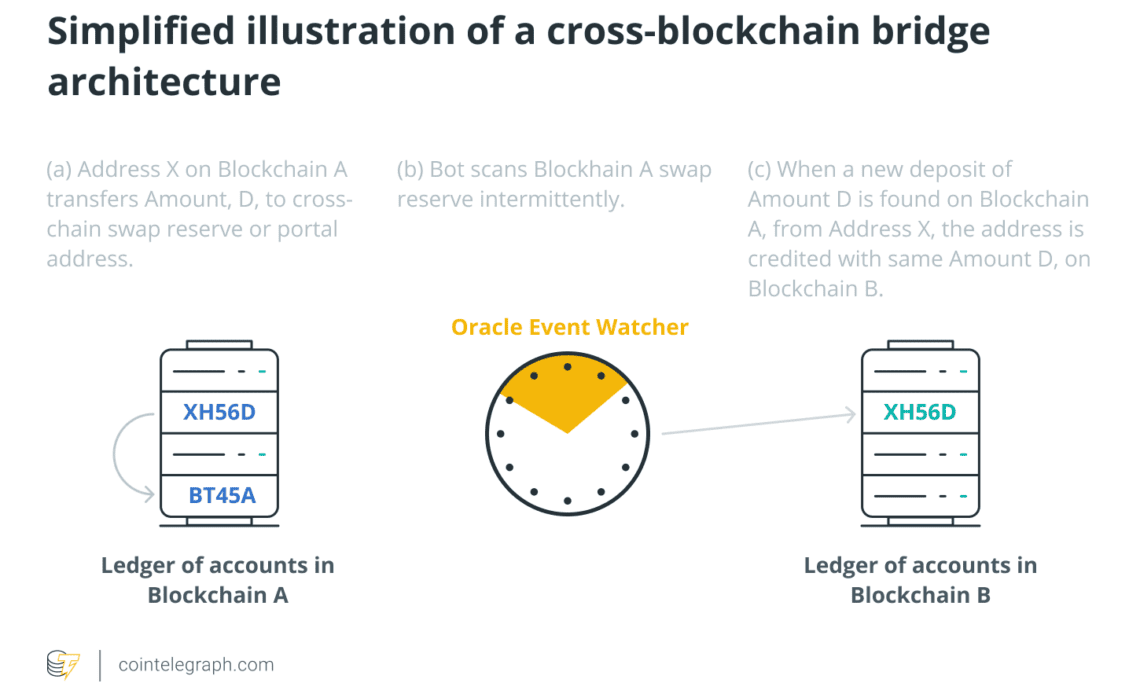Over $2.5 billion was stolen in cross-chain crypto bridge hacks from 2021 to 2022, according to a report by Token Terminal. But, despite several attempts by developers to improve bridge security, a debate from December 2022 to January 2023 on the Uniswap DAO forums has laid bare security weaknesses that continue to exist in blockchain bridges.
In the past, bridges like Ronin and Horizon used multisig wallets to ensure that only bridge validators could authorize withdrawals. For example, Ronin required five out of nine signatures to withdraw, whereas Horizon required two out of five. But attackers figured out how to circumvent these systems and withdrew millions of dollars worth of crypto, leaving users of these bridges with unbacked tokens.
After these multisig bridges were hacked, developers started turning to more sophisticated protocols like Celer, LayerZero and Wormhole, which claimed to be more secure.
But in December 2022, Uniswap DAO began discussing deploying Uniswap v3 to the BNB Chain. In the process, the decentralized autonomous organization (DAO) had to decide which bridge protocol would be used for cross-chain Uniswap governance. In the discussion that followed, the security of each solution was challenged by critics, leaving some observers to conclude that no single bridge solution was secure enough for Uniswap’s purposes.
As a result, some participants concluded that only a multibridge solution can secure crypto assets in the cross-chain environment of crypto today.
Over $10 billion of crypto assets are currently locked on bridges as of Feb. 15, according to DefiLlama, making the issue of bridge security an urgent one.
How blockchain bridges work
Blockchain bridges enable two or more blockchains to share data with each other, such as cryptocurrency. For example, a bridge may enable USD Coin (USDC) to be sent from Ethereum to BNB Chain or Trader Joe (JOE) from Avalanche to Harmony.
But each blockchain network has its own architecture and database, separate from others. So in a literal sense, no coin can be sent from one network to another.
To get around this problem, bridges lock coins on one network and mint copies of them on another. When the user wants to “move” their coins back to the original network, the bridge then burns the copies and unlocks the original coins. Although this doesn’t move coins between networks, it’s similar enough to suit the purposes of most crypto users.
However, the problem arises when an attacker can…
Click Here to Read the Full Original Article at Cointelegraph.com News…
